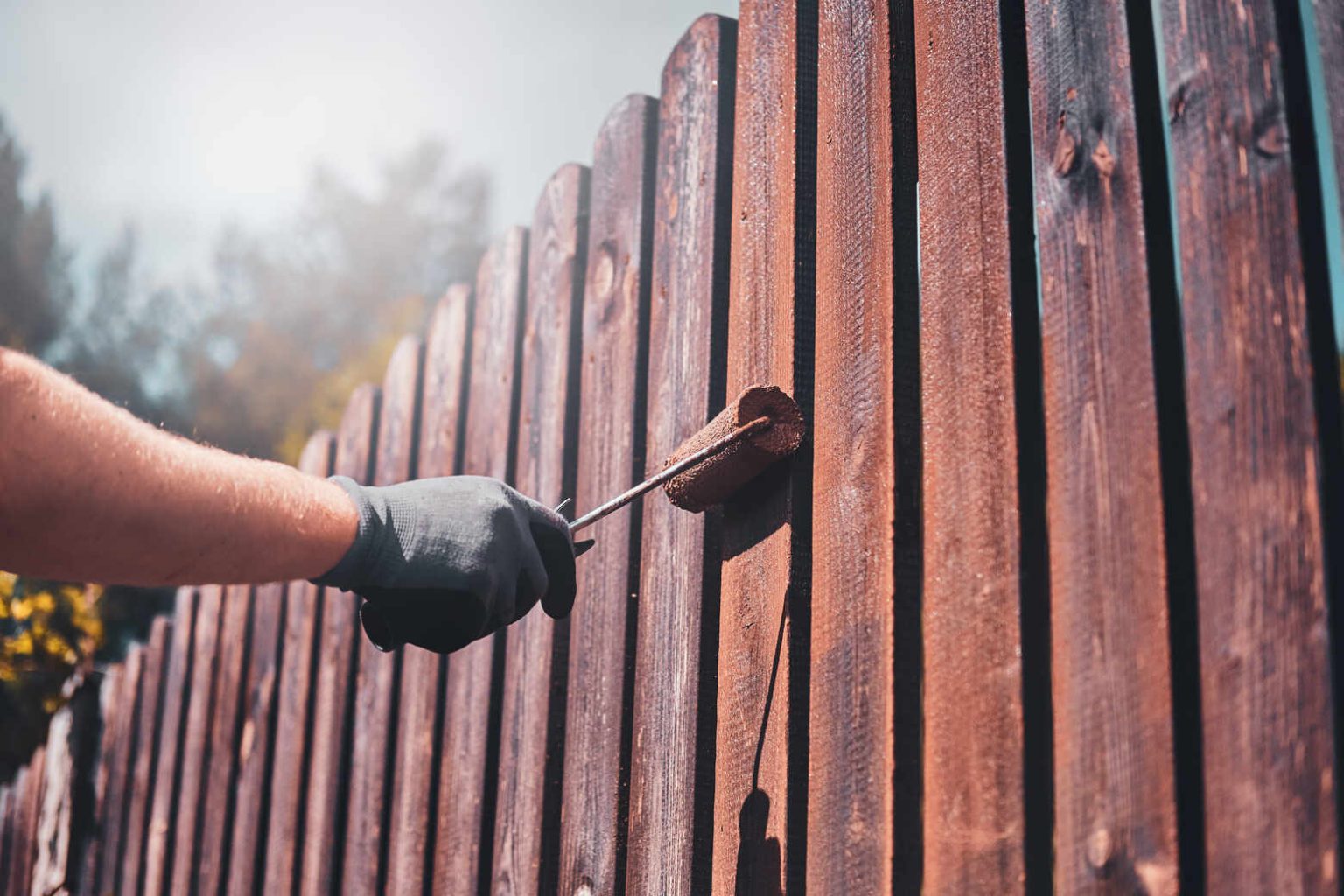Enhance Your Residential or commercial property's Appeal with Premium Fence Staining!
Enhance Your Residential or commercial property's Appeal with Premium Fence Staining!
Blog Article
Just How to Pick the Right Fencing Discoloration for Your Building
When it pertains to boosting the appearance and resilience of your property's fencing, selecting the appropriate discolor is a critical decision that requires cautious factor to consider. With a myriad of choices readily available on the market, each providing to various wood kinds, shades, and transparency degrees, the process can rapidly come to be overwhelming. Making an educated choice can significantly impact the overall aesthetics and durability of your fence. Just how can you ensure that you select the ideal fence tarnish that aligns with your home's style and upkeep demands? Allow's check out some crucial variables to assist you in this decision-making procedure.
Understanding Wood Kind
To select the appropriate fencing discolor, it is vital to have a detailed understanding of the numerous sorts of timber typically used for secure fencing. The option of wood plays a crucial role in identifying the durability and general aesthetic appeals of the fencing. Cedar is a preferred option as a result of its natural resistance to degeneration and insects, making it a long lasting alternative for outdoor frameworks. Pine is one more common timber used in fencing, known for its affordability and simplicity of discoloration. Ache is more susceptible to bending and rotting contrasted to cedar. Redwood is a premium option understood for its striking look and all-natural durability, though it features a greater cost. When picking a fence tarnish, it is essential to take into consideration the sort of wood being used to make sure compatibility and optimal security. Comprehending the features of different timber kinds will aid you make an informed decision when it concerns selecting the ideal fencing stain for your home - Nashville Fence Staining.
Selecting the Right Shade
Selecting a suitable color for your fence tarnish is a vital decision that dramatically impacts the total aesthetic charm of your residential property. Lighter shades such as whites or light grays can make a fencing appear bigger and add a touch of style to your property. Inevitably, the ideal shade choice will certainly enhance the elegance of your fencing and elevate the general visual allure of your home.

Thinking About Transparency Degrees
When selecting the right color for your fence discolor, one more essential aspect to consider is the level of openness that will ideal fit your residential property's aesthetic and upkeep needs. Transparency levels in fence spots generally fall into three classifications: clear, semi-transparent, and solid. Transparent discolorations permit the all-natural beauty of the wood to reveal with while giving minimal protection versus the aspects. They are suitable for new or well-kept fences where showcasing the timber grain is a concern. Semi-transparent discolorations use an equilibrium between shade improvement and security, allowing some timber grain to be visible while giving moderate shielding from UV rays and dampness. Solid stains, on the other hand, provide one of the most defense as they entirely cover the timber with official statement an opaque coating. These are appropriate for older fencings or those seeking significant security or shade adjustment. Take into consideration the degree of exposure your fencing encounters, the wanted upkeep frequency, and the visual you desire to accomplish when selecting the ideal transparency level for your fencing stain.
Evaluating Maintenance Requirements
Thinking about the durability and upkeep of your fence, evaluating the maintenance requirements is important in establishing one of the most ideal fence discolor for your property. The level of maintenance needed for your fence can differ depending upon aspects such as the kind of timber, climate conditions in your area, and your personal preferences.
When reviewing maintenance demands, it is vital to take into consideration the sturdiness of the fencing tarnish. Some discolorations require more regular reapplication than others, so selecting a discolor with a longer life-span can help in reducing the total upkeep requirements of your fence (Fence Staining). In addition, variables such as resistance to UV rays, water, and mold can impact how typically you need to re-stain your fence

Checking Examples Prior To Application
Before using any type of fence discolor, it is recommended to conduct sample tests to make certain compatibility with the timber and wanted aesthetic result. Testing examples permits you to examine exactly how the discolor will certainly engage with the particular type of wood utilized in your fencing, as different timbers can absorb discolorations in a different way. To start, choose a small low-profile location of the fence to apply the stain samples.
Final Thought
In conclusion, selecting the appropriate fence tarnish for your residential property includes comprehending the wood kind, choosing the best color, considering transparency levels, evaluating maintenance needs, and testing examples before application (Fence Staining). By taking these factors right into consideration, you can guarantee that your fencing tarnish matches your residential or commercial property while supplying the essential security and sturdiness. Make an educated decision to boost the appearance and longevity of your fencing
Report this page